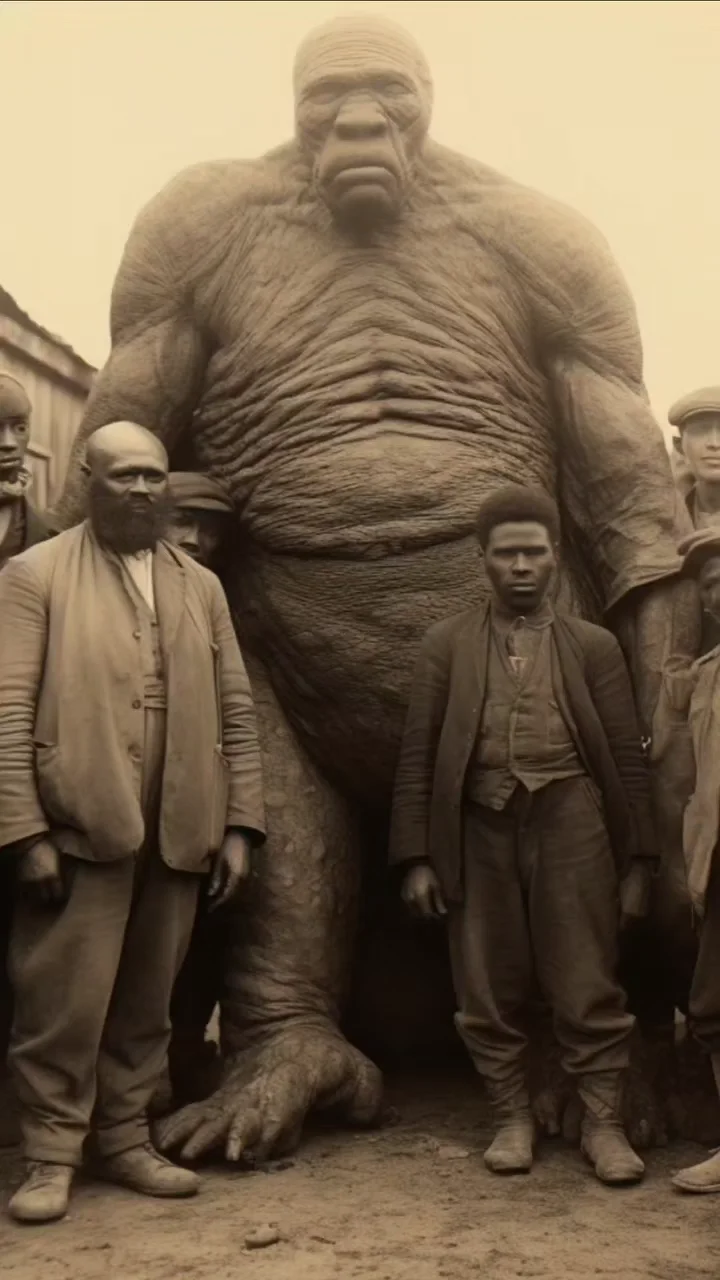BANNED Circus FREAKS That Actually Existed! Historical Photos, Rare Photos
During the late 19th and early 20th centuries, circus sideshows – often called “freak shows” – were a major part of pop culture and public entertainment. These exhibitions featured individuals with extreme physical deformities, rare medical conditions, or extraordinary appearances. Audiences came in droves to see the “unexplainable” – humans who looked like beasts, giants, tiny people, or those who defied what was then considered “normal.”

While often criticized for exploiting the vulnerable, these shows were also, paradoxically, a source of income and identity for many performers. Some of these acts were later banned or censored for being “too disturbing,” “immoral,” or “inhuman.”
Let’s explore the true stories of real freak show performers who actually existed, the rare photos that captured their strange beauty, and the laws that tried to erase them from public memory.
Born in 1868 with a condition called dipygus, Myrtle had two pelvises and four legs – two of which were underdeveloped. She began touring at age 13 and quickly became one of the most famous sideshow acts in America.
Despite her condition, Myrtle was known for her charm, intelligence, and grace. She married and had five children. Some medical photos of her body were later banned from public exhibitions, deemed too graphic or “immoral” by early 20th-century standards.
Born Stephan Bibrowski in 1890 in Poland, Lionel had a rare condition called hypertrichosis, which caused excessive hair growth all over his face and body – making him look like a lion. He became a global sensation with Barnum & Bailey Circus.
Despite his wild appearance, Lionel was soft-spoken, fluent in multiple languages, and incredibly polite. Yet his image was banned from posters and advertisements in countries like France and the UK due to public complaints and “moral decency” laws.

Born in 1811 in Siam (modern-day Thailand), Chang and Eng Bunker were conjoined twins who became world-famous in the 1800s. They were intelligent businessmen who later settled in North Carolina, married two sisters, and fathered 21 children.
However, the nature of their condition and the way they were exhibited led to debates about human dignity and exploitation. Some European countries even banned conjoined twin exhibits, calling them unethical.
Ella Harper was born in 1870 with a condition that made her knees bend backward, forcing her to walk on all fours. She became known as “The Camel Girl” and was featured in several circuses, often on posters that showed her unique gait.
Due to increasing public outcry, some cities refused to grant performance permits, claiming the display of severely disabled individuals was cruel and exploitative.

Fedor Jeftichew, born in Russia in 1868, had full-body hair due to hypertrichosis and was billed as “Jo-Jo the Dog-Faced Boy.” Under contract with P.T. Barnum, he was encouraged to bark and growl like a dog on stage, adding to his “wild man” image.
Later, animal rights and disability advocates successfully pushed laws to ban performances that “dehumanized” individuals, especially those portraying humans as animals. Jo-Jo’s career suffered from such regulations.
Schlitzie was a performer with microcephaly, a condition that gave him a tiny skull and significant cognitive delays. Often dressed in girls’ clothing, he became a sideshow staple and starred in the cult film “Freaks” (1932).
The film was banned in several states for being “too disturbing” and showing “real freaks.” Schlitzie, however, was loved by many in the circus community and was said to be joyful and sweet.

Annie Jones was born in 1865 and began growing facial hair at a young age due to a hormonal condition. She was the most famous “Bearded Lady” in America and toured with Barnum’s shows starting as a toddler.
Later in life, she became an outspoken advocate for the humane treatment of sideshow performers. As moral standards changed, several states banned exhibitions of “bearded women”, especially when marketed as sexual or grotesque attractions.
The freak show era is one of the most controversial chapters in entertainment history. On one hand, many performers were exploited and forced into a life of public ridicule. On the other hand, for some, the circus offered financial independence, community, and a place to belong.
Many historical photos of these performers were once banned, locked away, or destroyed because they were considered “offensive.” Today, these images are slowly resurfacing in museums and archives, prompting a re-evaluation of how society views difference and disability.







